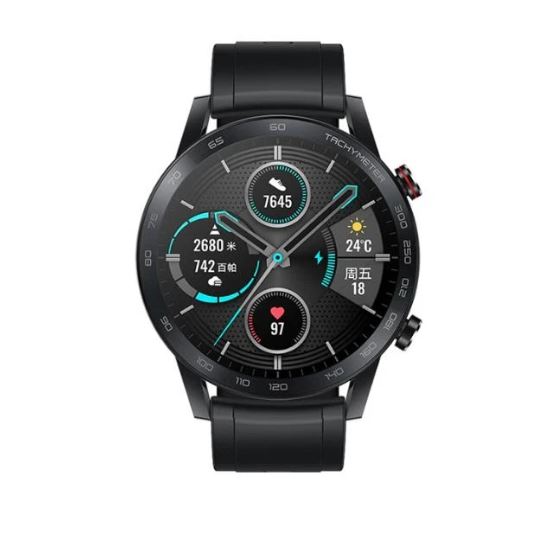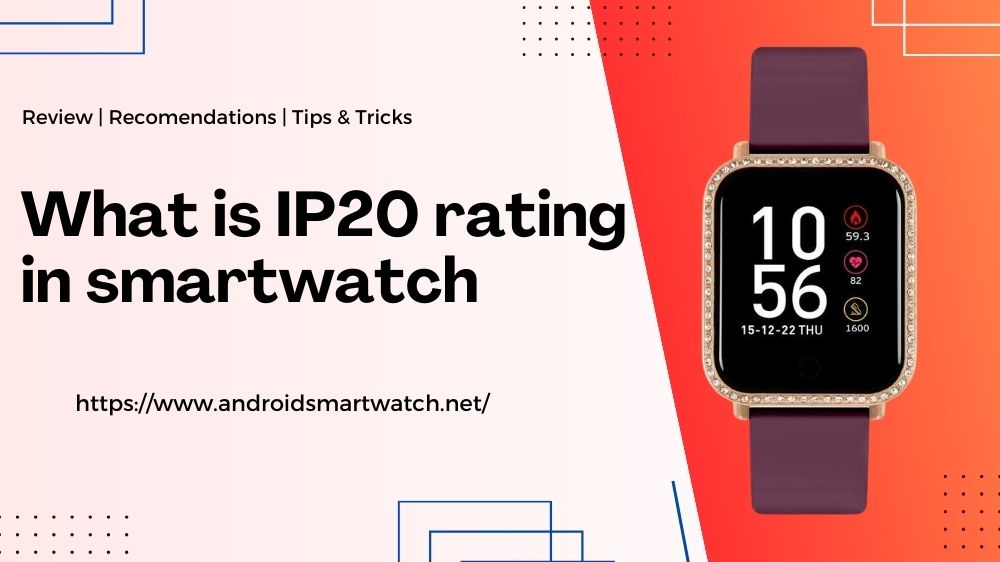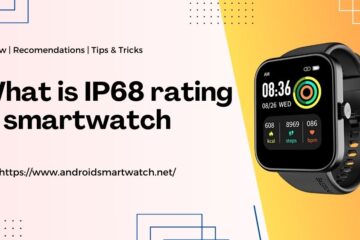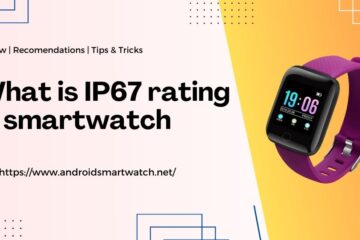Last Updated on April 15, 2024 by Oliver
An IP20 rating might seem like a mysterious code at first glance, especially when we talk about smartwatches, a gadget that’s become a staple of modern life. Unlike the more common waterproof or dustproof ratings you might see, an IP20 rating has a specific meaning that tells you exactly what kind of environment your device is built to handle. Let’s break down what IP20 means, why it’s rare for smartwatches, and the context in which it’s typically used.
Understanding IP20 Rating
The “IP” in IP20 stands for “Ingress Protection,” a standard that’s used worldwide to define how well electrical devices are protected against solid objects and liquids. This rating comes from the International Electrotechnical Commission (IEC), which sets international standards for all things electrical.
- The First Digit (2): This number tells us about the protection against solid objects. In the case of IP20, the ‘2’ means that the device is protected against solid objects larger than 12.5 millimeters (about half an inch). This includes things like fingers or large tools, but not dust or smaller particles.
- The Second Digit (0): This number is about protection from liquids. A ‘0’ here means that there’s no protection against water. The device shouldn’t come into contact with liquids at all.
IP20 in Smartwatches: An Uncommon Scenario
Given what we know about IP ratings now, it’s clear that an IP20 rating is not something you’d typically see in smartwatches. Why? Because one of the selling points of most smartwatches is their ability to handle sweat, rain, and sometimes even swimming pools. An IP20 rating doesn’t provide the protection against liquids that a smartwatch user would likely need.
Where You Might See IP20
IP20 is more commonly found in devices that aren’t exposed to harsh environments. This can include:
- Indoor Lighting Fixtures: Many indoor lights have an IP20 rating because they’re not exposed to dust and moisture like outdoor lights.
- Office Equipment: Some office machinery and equipment might have an IP20 rating, considering they’re used in controlled, indoor environments.
The Limitations of IP20 for Wearables
For a smartwatch, an IP20 rating comes with significant limitations:
- No Protection from Dust: Smartwatches are worn outdoors, at the gym, and in various other settings where dust and moisture are present. An IP20 rating means the device could be vulnerable to damage from these particles.
- Not Suitable for Exercise: Given the lack of protection against moisture, wearing an IP20-rated smartwatch during a workout could lead to sweat damage.
- Weather Vulnerability: Rain or even splashes of water could potentially harm the device, limiting its usability outdoors.
Considering the Alternatives
When looking for a smartwatch, or any wearable device, understanding the IP rating is crucial. Higher ratings like IP67 or IP68 offer more comprehensive protection against dust and water, making them more suited to the active, versatile use most people expect from their smartwatches.
Conclusion
While an IP20 rating might serve well for indoor devices that don’t face the challenges of dust and moisture, it’s not suited for smartwatches. Wearables thrive on being able to accompany you everywhere, from the office to the outdoors, in all kinds of weather. If you’re in the market for a smartwatch, paying attention to the IP rating is key to ensuring that your device can withstand the adventures and challenges of daily life. For a gadget that’s as active and adaptable as you are, look for a higher IP rating that promises better protection against the elements.



